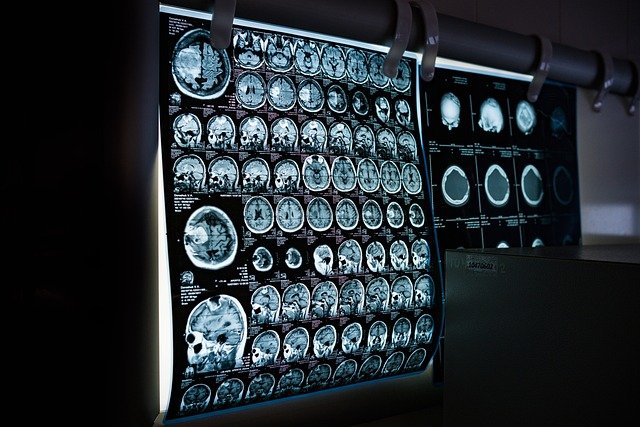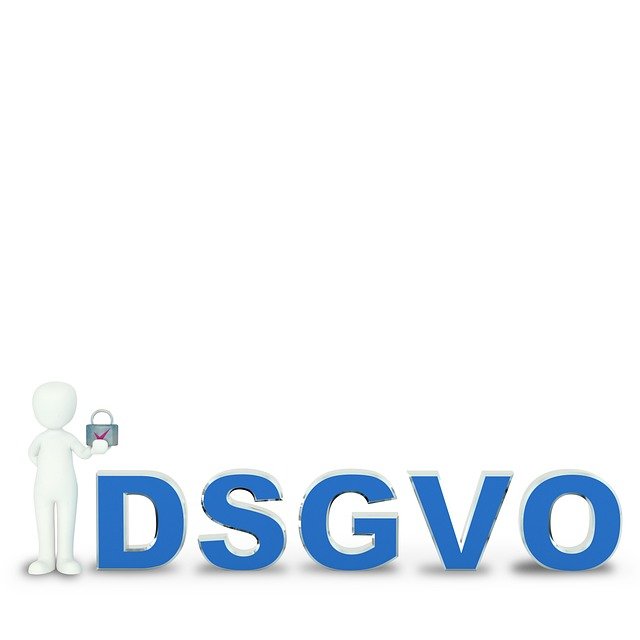Digital Animation's Journey: A New Dawn in Storytelling
Introduction: Unleashing a new era of creative expression, digital animation has evolved from a technical novelty into a powerful storytelling medium. This article delves into the transformative journey of digital animation, exploring its roots, recent developments, and the profound impact it has made in the entertainment industry.

The Genesis of Digital Animation
The foundations of digital animation were laid in the mid-20th century, with early experiments in computer graphics. Pioneering researchers like John Whitney and Ivan Sutherland paved the way, manipulating simple shapes and lines to create the first digitally animated sequences. However, it wasn’t until the 1990s, with advancements in technology and computing power, that digitally animated films entered the mainstream. Pixar’s “Toy Story,” released in 1995, was the first fully computer-animated feature film, marking a significant milestone in the history of animation.
The Rise of the Digital Age
The advent of the 21st century saw an explosion in digital animation, as studios embraced this new medium to tell their stories. Films like “Shrek,” “Finding Nemo,” and “The Incredibles” captivated audiences with their immersive worlds and visually stunning imagery, proving that digital animation was more than just a novel technology—it was a powerful narrative tool. The success of these films led to an industry-wide shift towards digital animation, transforming the landscape of animated cinema.
Current Trends and Innovations
Today, digital animation continues to evolve at a rapid pace. Innovations in technology have made it possible to create increasingly complex and realistic animations, blurring the line between the virtual and the real. Films like “Spider-Man: Into the Spider-Verse” and “Soul” are pushing the boundaries of what’s possible in animation, experimenting with unique visual styles and narrative techniques. Meanwhile, the rise of streaming platforms has opened up new avenues for animated content, from short films to full-length series, further expanding the reach and influence of digital animation.
The Impact and Reception of Digital Animation
Digital animation has had a profound impact on the entertainment industry, influencing not just film, but also television, video games, and virtual reality. It has democratized storytelling, allowing artists to bring their visions to life without the constraints of traditional animation techniques. This creative freedom has led to a diverse array of animated works, from fantastical adventures to poignant dramas, that appeal to audiences of all ages. Furthermore, digital animation has been widely embraced by critics and audiences alike, with many digitally animated films earning critical acclaim and commercial success.
Looking Ahead: The Future of Digital Animation
As technology continues to advance, the future of digital animation looks brighter than ever. Emerging trends, such as virtual reality and artificial intelligence, are set to revolutionize the medium, unlocking new possibilities for storytelling and visual expression. At the same time, the increasing accessibility of animation software is fostering a new generation of animators, who are poised to push the boundaries of the medium even further. As we look ahead, one thing is clear: the journey of digital animation is far from over—it’s just beginning.
In conclusion, digital animation has come a long way since its humble beginnings in the mid-20th century. From a technical curiosity to a narrative powerhouse, it has transformed the way stories are told and experienced. As we stand on the cusp of a new era in digital animation, we can only imagine what wonders this medium will bring in the years to come.




